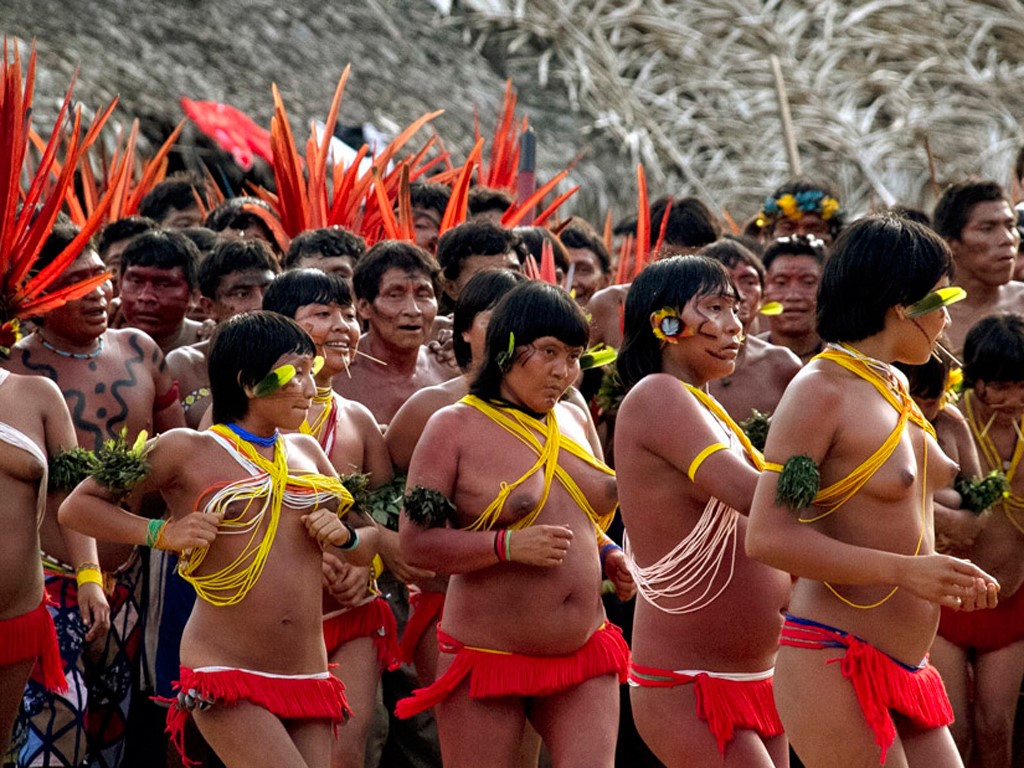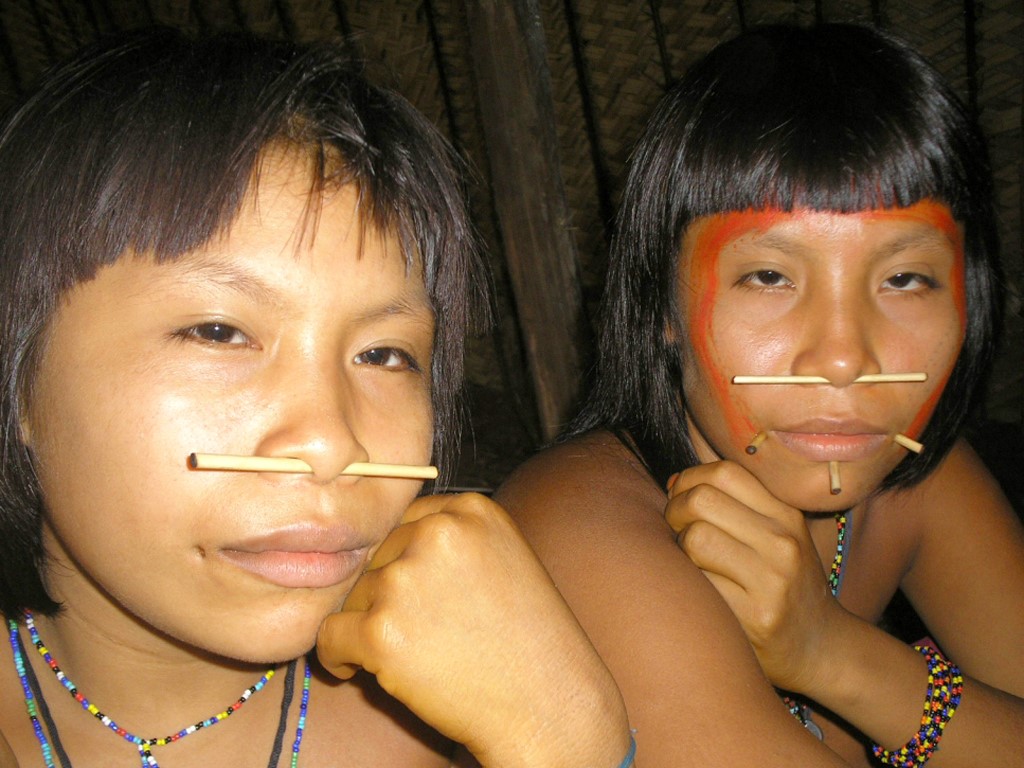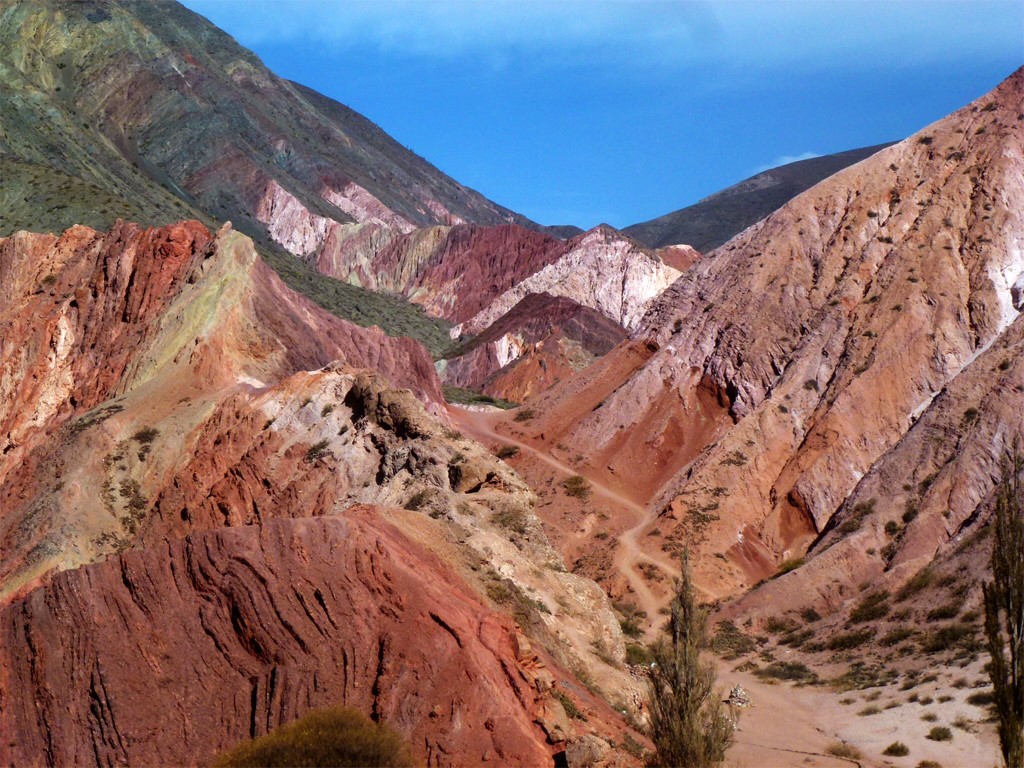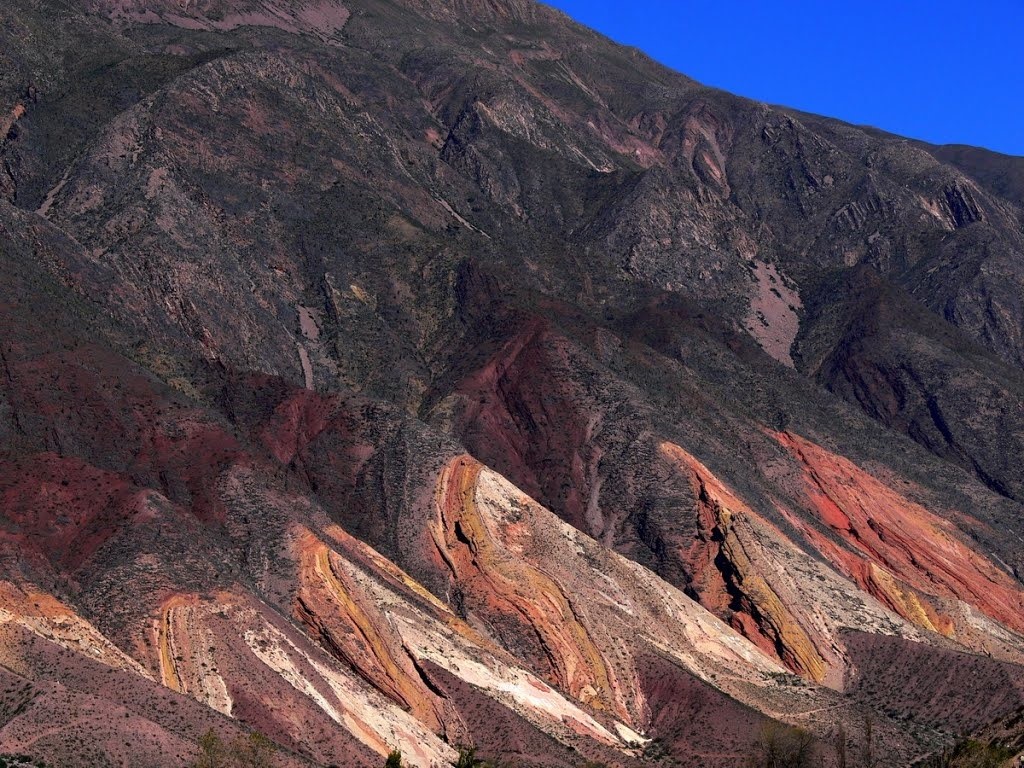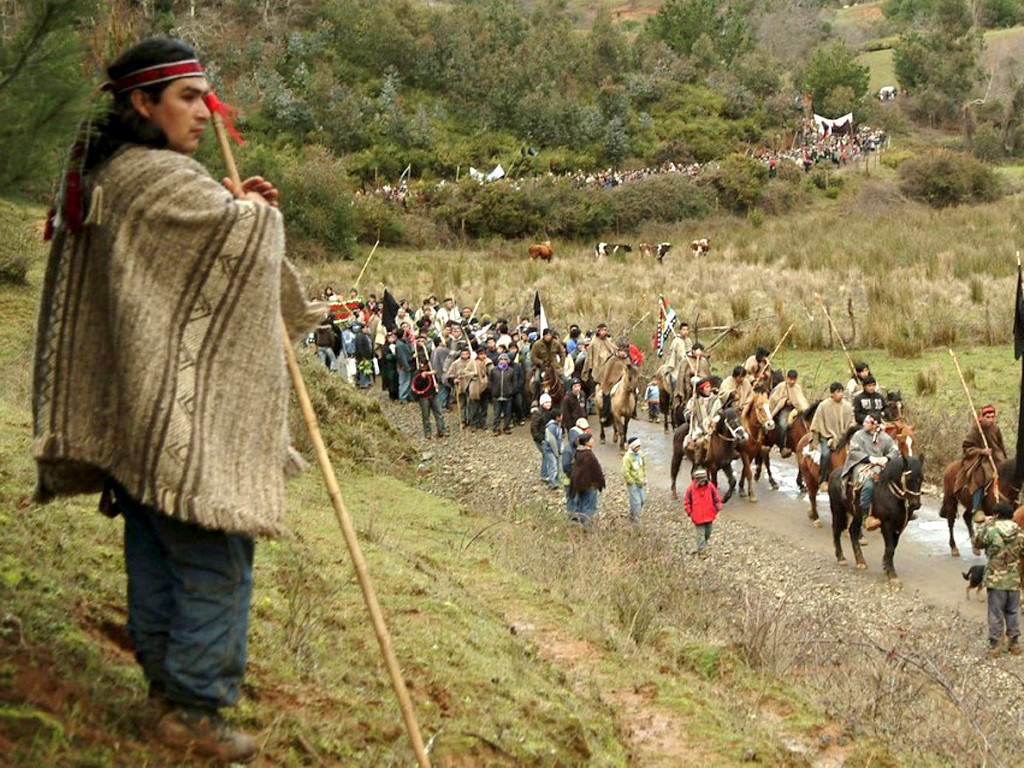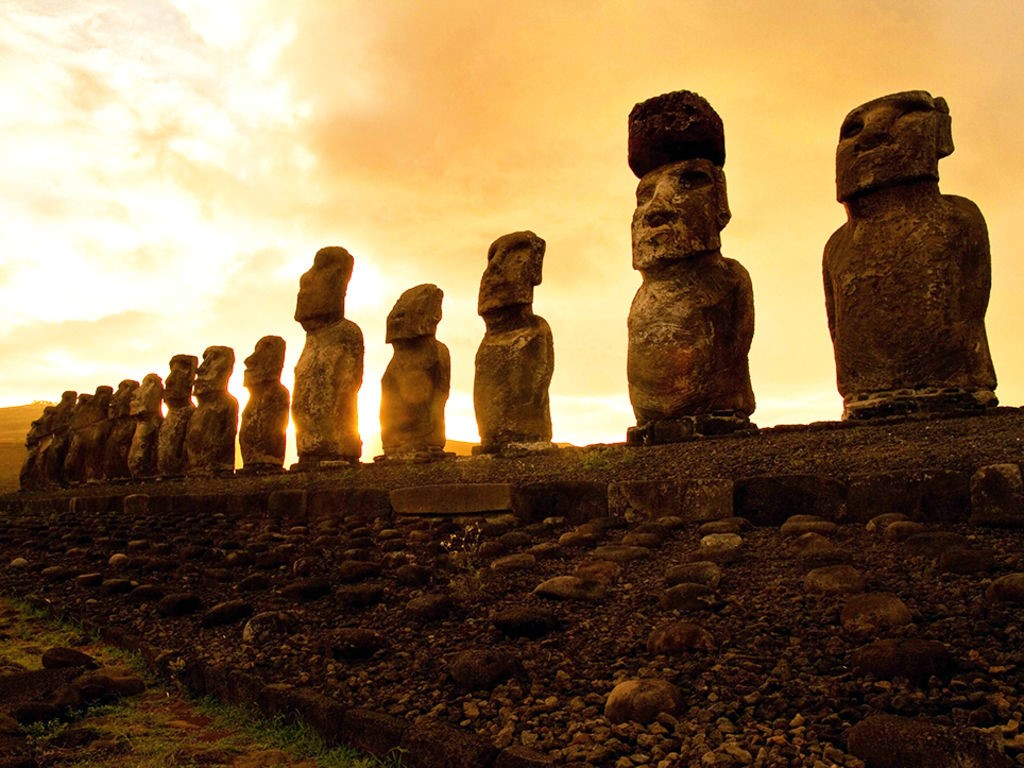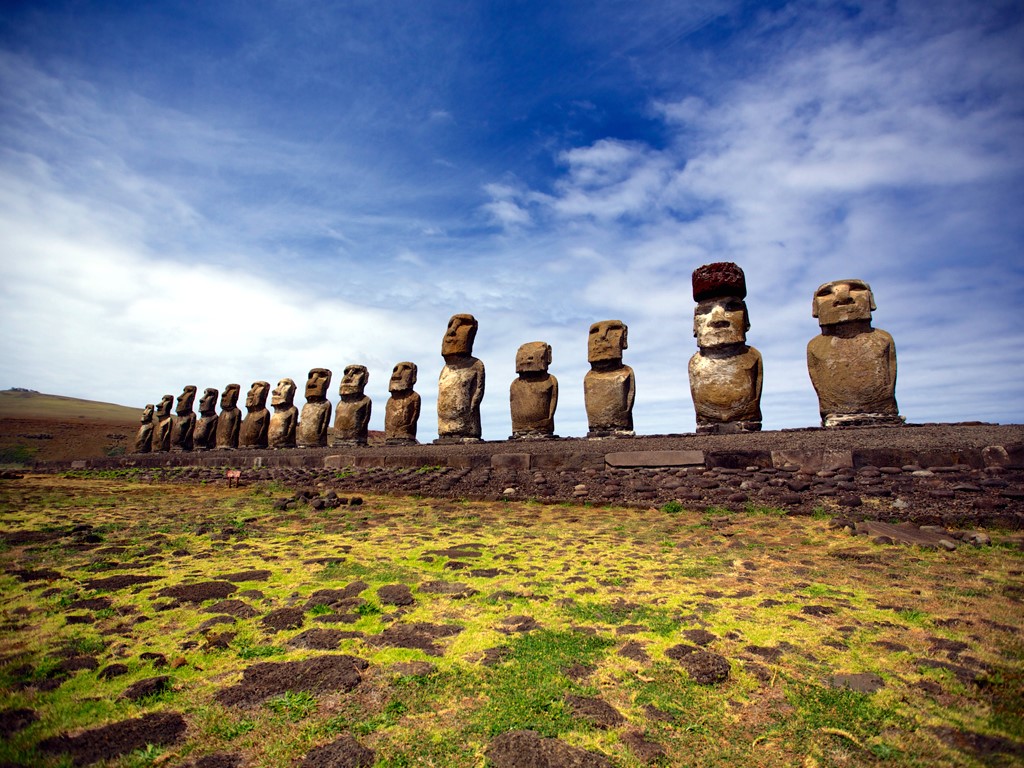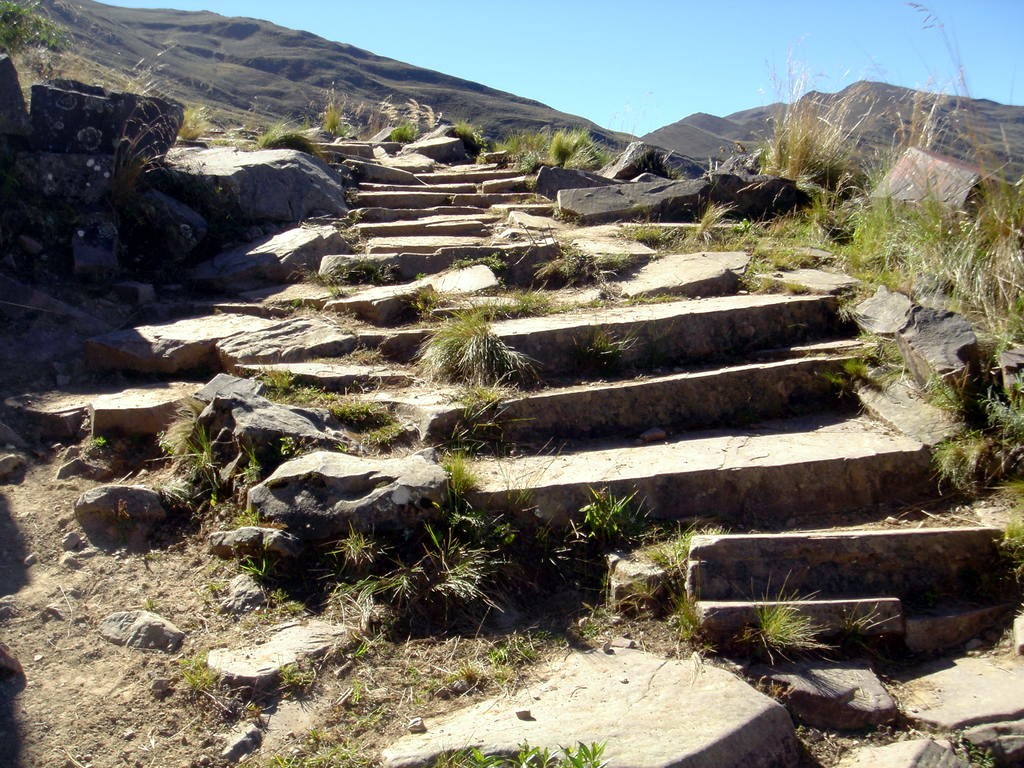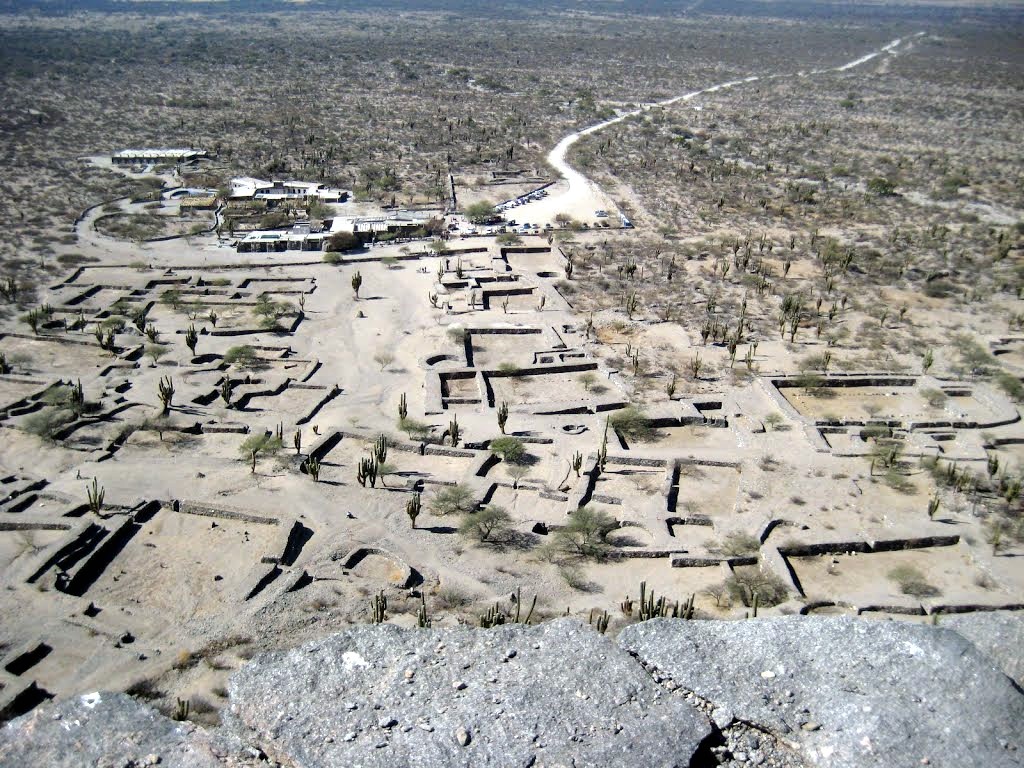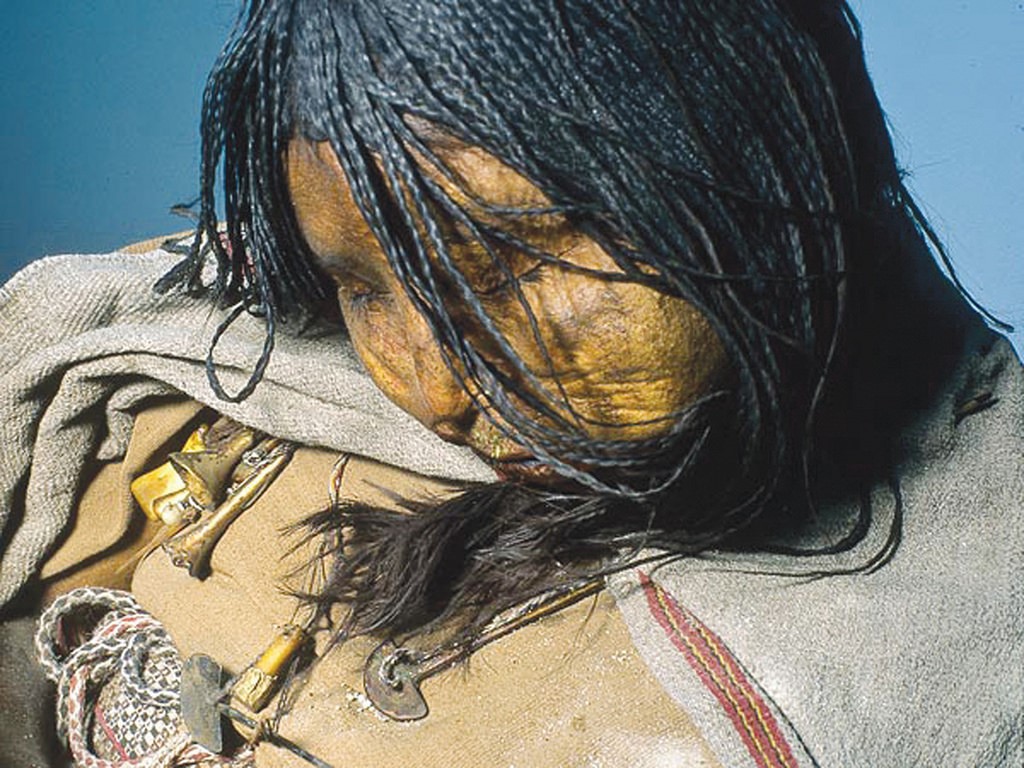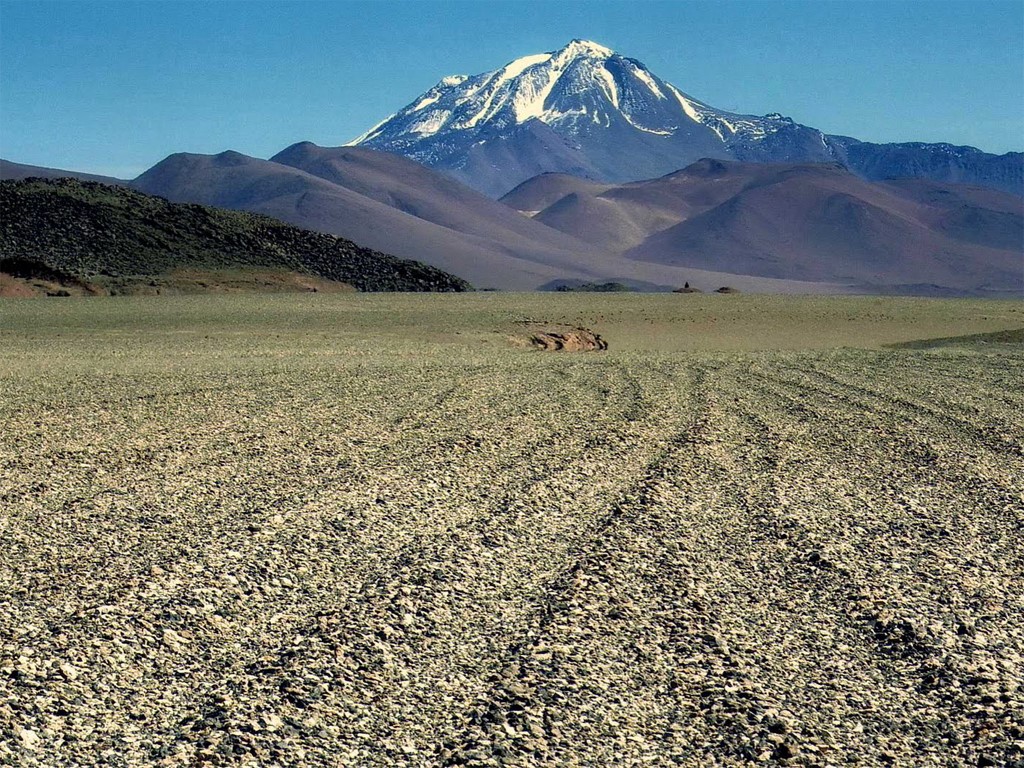For lovers of distant civilizations and epic legends, I offer tailor-made tours focused around the discovery of ancient cultures and their rites.
From the mysterious civilization of Easter Island, to the palpable culture of the Incas in the Northwest of Argentina, through the strong identity of the Mapuche people in Patagonia and the Yámana Indians at the end of Tierra del Fuego, legends, mysteries and other discoveries will not fail to punctuate your journey. Here are some examples of discoveries of ancient cultures that I offer you, knowing that many others are possible and in regions other than those presented below.
Guarani communities of Argentina
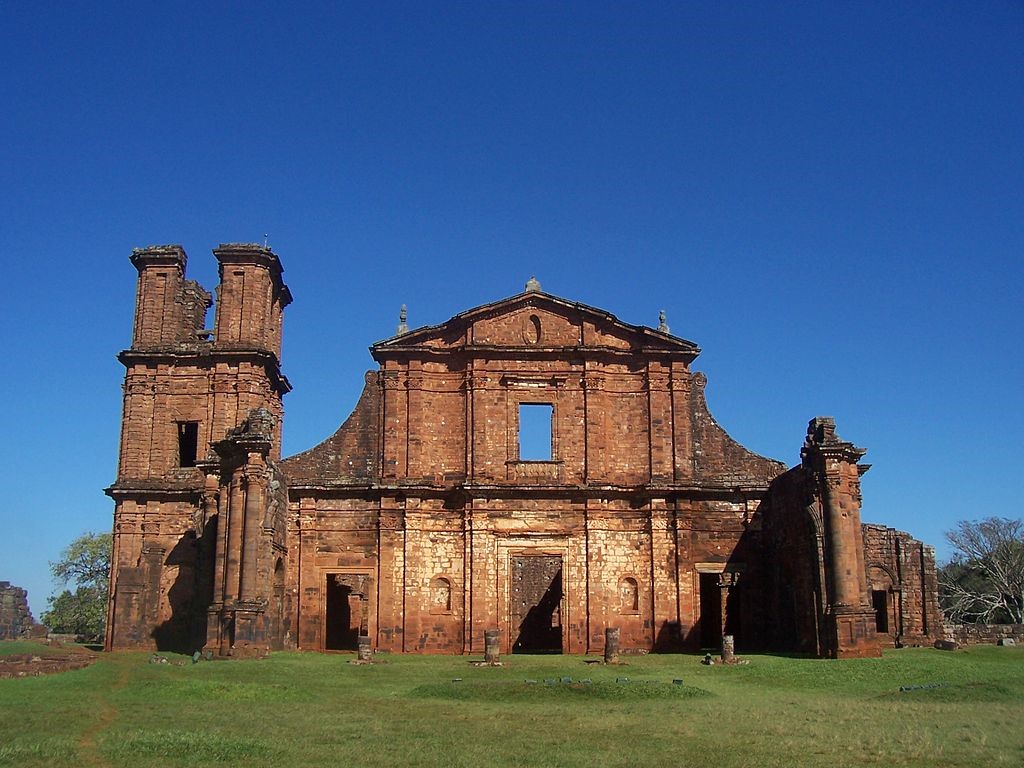
The Guaraní people
The Guaraní, people of Misiones, in the Northeast of Argentina. All the Guaraní communities traveled through the villages or “tekuas” in the Guarani language, preaching the message of the arrival of profound changes. However, these villages clashed with each other in a permanent search for the State of Aguyé, and practiced cannibalism among themselves. These karaí were not part of any particular village, but were Panguaranís. Their message was therefore unifying.
Hundred years later, with the Spanish invasion, the Jesuits arrived, whose Christian message directly rivaled that of the karaí. Although foreign, they also bring a unifying message. Above all, which will play a very important role, the Guaraní who agree to live with them are automatically protected by the laws of the powerful King of Spain.
Indeed, in 1556, the Spaniards had introduced into these regions the system of encomienda, by which each encomandero undertook to evangelize and bring out of barbarism a certain number of Indians who, in return, had to begin to his service. It was a merciless system of enslavement. As a result, the initially friendly relations between Europeans and Indians changed. Revolts multiplied and reached great violence in 1580, making the region ungovernable. To get out of this “quagmire”, the Spanish called on the Jesuits in 1585.
At the same time, the constant expansion of the Spanish-Portuguese front, and the real threat of slavery that this represented, led to a great internal debate among the Guaraní leaders between the supporters of the Jesuitical alliance, in order to obtain the protection of the crown, and the “tough guys” who preferred confrontation. It was therefore the Jesuits who were in reality used by the Guaraní, in order to maintain their model or way of life. The Guaraní political model was ready to be occupied by the Jesuits.
Inca Civilizations of Argentina

The Calchaquíes Valleys
I suggest you walk part of the Inca Trail from the Ruins of Quilmes “Las Ruinas de Quilmes” to the Quebrada de Humahuaca. This site is the most important of the Inca civilization in Argentina. The site is absolutely beautiful and is located south of the Calchaquíes Valleys “Valles Calchaquíes”, an incredible place 520 kilometers long. Moreover, these valleys and mountains form landscapes considered to be the most beautiful in Argentina.
The Calchaquíes, a high indigenous culture, waged a 100-year war against Spanish invasions, known as the Calchaquí Wars. The Quebrada de Humahuaca is an arid area, of great landscape beauty and very culturally rich: Purmamarca, where Cerro de los Siete Colores “Hill of the Seven Colors”, Maimará, Tilcara and Humahuaca are located.
La Quebrada “The Crack” was declared a Cultural and Natural Heritage of Humanity in July 2003 by UNESCO, for its marvelous landscapes and villages which preserve numerous Pre-Columbian and colonial vestiges. I can organize tours for you over several days.
Mapuche Communities
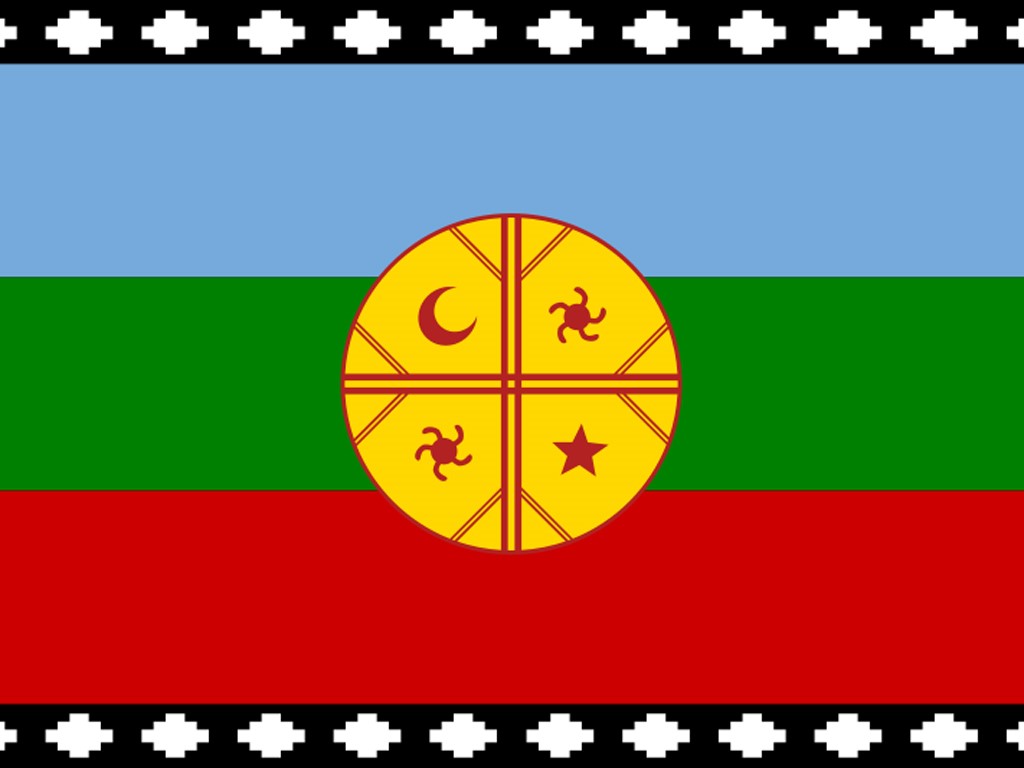
The Mapuche people
During your trip to Argentina and/or Chile, you’ll surely have the opportunity to approach certain Mapuche communities. The Mapuche Indians live mainly in rural areas of the Araucanía region, as well as in the Lakes region and the metropolitan region (i.e. the capital, Santiago de Chile).
Originally from the Chilean Andes, they spread their culture to the Het and Tehuelches tribes, from the Pampas to Argentine Patagonia, between the 18th and 19th centuries. Neither the Incas nor the Conquistadors succeeded in subduing them.
Around 1880, Argentina and Chile undertook wars of conquest against the Mapuche and Patagonian indigenous, who lived in the south of the continent, in uncontrolled and difficult to penetrate regions.
These wars of extermination, which left tens of thousands of Indians dead, also pursued another objective: access to “bi oceanity”. Chile wanted to open up to the Atlantic from the South and Argentina to the Pacific, again from the South. The beliefs of the Mapuche people are based on the worship of ancestral spirits, spirits and/or elements of nature. These spirits do not correspond to “Deities” as one might understand. Despite the number of Beings present in their beliefs, they have never erected pantheons in their image as is the case in other civilizations of Andean origin.
Ancient cultures of Easter Island
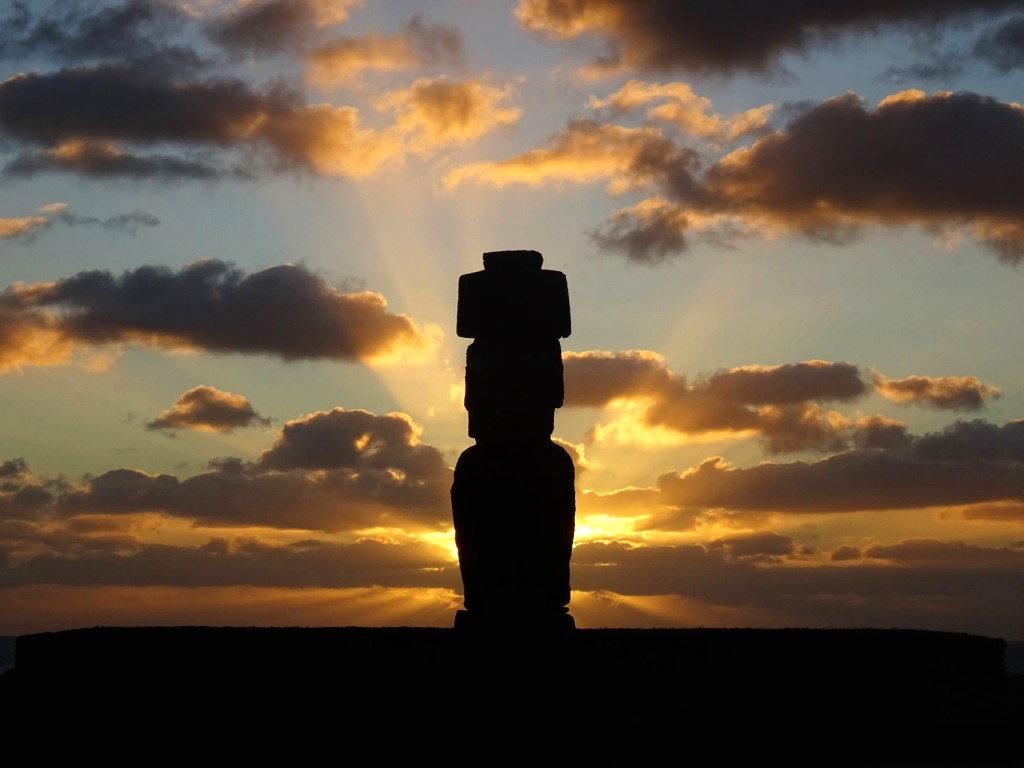
The Moai and Easter Island
Easter Island is a Chilean island. It took its name when it was discovered by the Dutch explorer: Admiral Jacob ROGGERCEN, who saw it on the evening of Easter Sunday on April 5, 1722. He named it PAASCH EYLANDT, literally: Easter Island.
There are approximately 300 moai on Easter Island, but this figure can vary greatly depending on different studies, from those that are on land, those that are unfinished, those that are broken, and those that are buried. Indeed, many of them were put ashore during the multiple tribal wars, which have punctuated the eventful history of this small island, swept by winds and waves.
The raw material for these gigantic statues which cover the island is basalt, which comes from the Rano Raraku volcano whose crater is today invaded by rushes.
The functions of the Moaï remain mysterious, some see them as religious functions: statues erected in honor of the gods, gigantic idols dedicated to prayer and worship. These statues were perhaps there in order to protect these inhabitants from wars, from foreigners, from evil spirits, from the climate? all hypotheses which would go in the direction of protection are possible. Would they be there to watch over the island? Or are they monuments erected in honor of the dead? What is important to know about them is that they all face the interior of the island, their backs facing the sea. There is, however, one exception, Ahu Akivi, an alignment of 7 Moai who look towards the sea, always looking towards the sky, they are regularly nicknamed “those who look at the stars”.
Their physique has also raised a number of questions, because they do not have the physical characteristics of the Polynesians. They have aquiline noses, thin lips, high foreheads and beards. This is why many think that the island underwent two waves of migrations, one coming from Polynesia and the other from South America, probably Peru. In addition, the red bun could symbolize red hair common in certain South American tribes.
Pre-Columbian culture
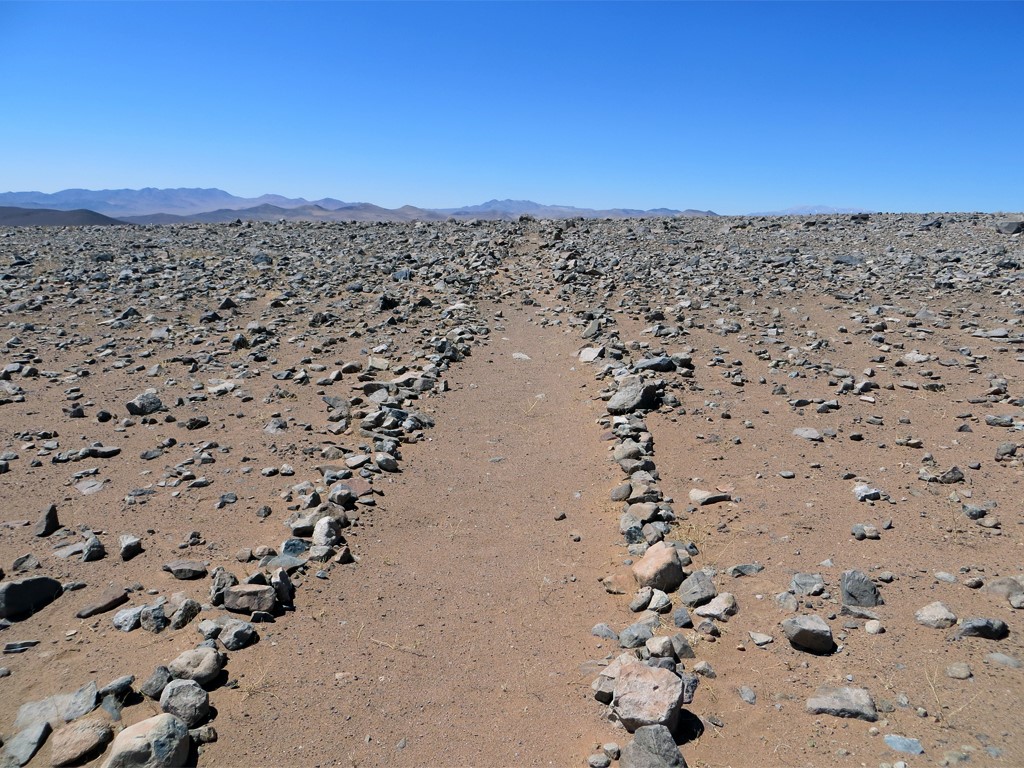
Inca Trail
The territory of Salta has been inhabited by peoples of different origins, since the time of the pre-Columbian culture, whose influence is still very present. Around the year 1000 BC. Agricultural peoples, shepherds and potters settled there.
In the 15th century, the region was dominated by the Incas and the territory was part of Collasuyo, one of the four regions – into which the Inca Empire was divided – known as Tahuantisayo. The influence of the Inca was remarkable in several aspects, even imposing their language: Quechua.
There is an important network of Inca trails in Calchaquí Valley and “La Puna”. Between the mountains, we can find several zigzag paths which, in the past, formed a vast network of paths, which communicated the entire Empire. Several of them lead to the Sanctuaries (“Santuarios”) which are located in the high Andean peaks; by exploring them, you’ll enjoy these magnificent landscapes!
Archeology in the Andes
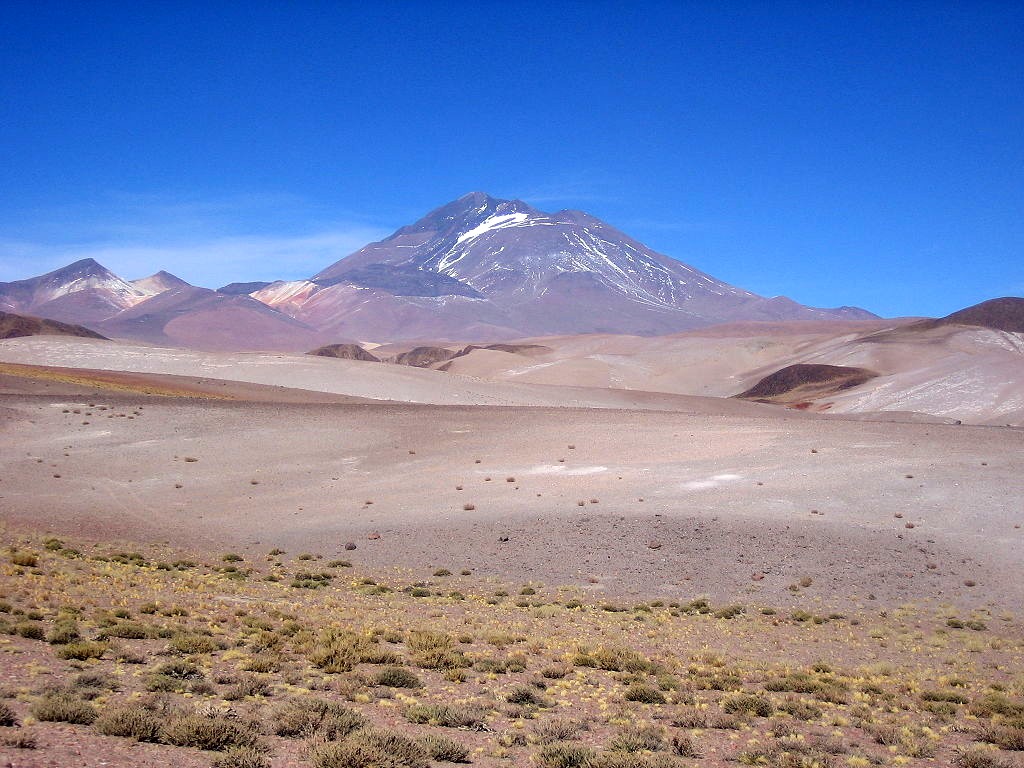
The children of Llullaillaco
In March 1999, one of the most important finds in the field of high mountain archeology occurred: these are mummies of three children belonging to the Inca civilization, buried with a variety of more than a hundred different objects. This archaeological find took place at the summit of the Llullaillaco volcano, at an altitude of 6,700 m.
This is a very important “High Sanctuary” where a ritual called “Capucocha” took place. This find can be known and visited at the Museum of High Mountain Archeology (MAAM), which is located in the city center of Salta, in the Northwest of Argentina; offering us a 500-year journey to see, understand and know, a culture that’s still present.
 English
English Español
Español Français
Français